Algorithmic Frontiers was curated by Valentine Goddard. Lawyer, artist and curator, she is a member of the AI Advisory Council of Canada, and a United Nations expert on AI policy and governance. She is the founder and executive director of AI Impact Alliance (2017).
She designs and leads transdisciplinary programs that bridge civic engagement and knowledge mobilisation to policy and regulatory innovation. The Art Impact AI programs led to the adoption of international policies that highlight the role of the arts and civil society in AI and digital governance (2020). She takes part in the analysis of emerging AI and data laws and is regularly invited to advise on the impact of generative AI. She initiated and co-chairs the Gender Equality and the Environment in Digital Economies international expert group whose policy recommendations address critical issues for the Women, Peace and Security Agenda. Valentine Goddard has also coordinated and implemented global cross-sectoral projects with team members from different disciplines and cultures.
In 2023, she was awarded the Mozilla Creative Media Award for this project, originally called “Algorithmic (or not) Art to Counter Gender, Cultural and Racial Bias in AI”.
Selfie, digital paint and some AI.

system that, autonomously or partly autonomously, processes data related to human activities through the use of a genetic algorithm, a neural network, machine learning or another technique in order to generate content or make decisions, recommendations or predictions.
Generative AI: AI models that can generate high-quality text, images, and other content based on the data they were trained on.
Natural Language Processing (NLP): An interdisciplinary field that combines computer science and linguistics to enable computers to understand, generate, and manipulate human language.
Image-to-Image and Image-to-Video Generation: Image-to-image generation is a generative AI technique that transforms one image into another while retaining essential features. Image-to-video generation is where a video is created from a single image and a random or coarse motion clue.
Multimodal Models: AI used to understand and generate content across multiple data types or 'modalities' such as text, images, audio, and more, to provide comprehensive and accurate results.
Information Retrieval (IR): Searching for information in documents, databases, and other collections, using queries that can be based on full-text or content-based indexing.
Large Language Model (LLM): A language model distinguished by its general-purpose language generation capability and perform various natural language processing (NLP) tasks. Acquires abilities through learning statistical relationships from text documents forming extensive datasets.
Foundation Model: While LLMs are more language-centric, Foundation Models aim to provide a versatile platform for diverse AI applications beyond just language processing. Foundation Models are adaptable AI systems with broad capabilities that can be tailored to various specific purposes, serving as a base for developing more specialised applications.
Prompt: Refers to the inputs or queries provided by a user or program to a Language Model (LLM) AI to elicit a specific response from the model.
Retrieval Augmented Generation (RAG): A technique that enhances the accuracy and reliability of generative AI models by retrieving relevant information from external knowledge bases before generating a response. The Algorithmic Frontiers Chatbot uses RAG, drawing from the literature referred to throughout this website.
Fine Tuning:
A training technique where a pre-trained model (e.g., GPT) is further trained on a specific dataset related to the task at hand, allowing the model to adapt its behaviour, or domain-specific knowledge to specific nuances, tones, or terminologies.

